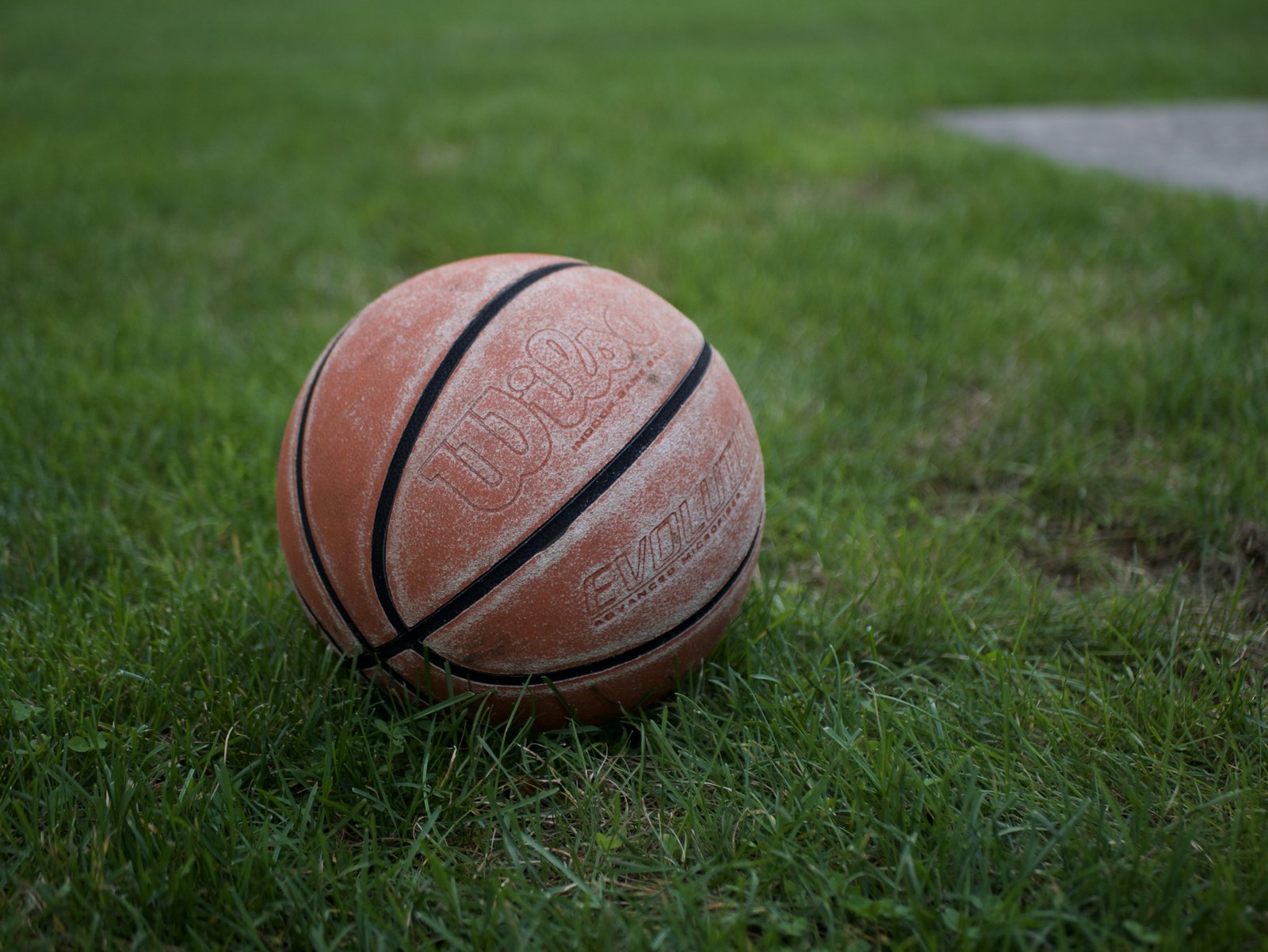Are you an avid basketball player looking for the perfect bounce and grip on the court? If so, you probably know that the right air pressure in your basketball is crucial. But what is the standard PSI for inflating indoor basketballs? In this article, we will explore the recommended air pressure levels to ensure optimal performance on the hardwood. From recreational players to professionals, understanding the ideal PSI can make all the difference in your game. So get ready to take your basketball skills to the next level with this helpful guide!
What Is The Standard PSI For Inflating Indoor Basketballs?

Importance of Proper Inflation
Properly inflating an indoor basketball is crucial for optimal performance and player safety. The right air pressure ensures that the basketball bounces correctly, making it easier to handle and control during gameplay. It also protects players from potential injuries caused by an overinflated or underinflated ball. Therefore, knowing the standard PSI (pounds per square inch) for inflating indoor basketballs is essential for maintaining a fair and safe game.
Factors Affecting PSI
Several factors can affect the ideal PSI for inflating indoor basketballs. These can include the type of ball, the material it is made from, and the desired bounce and feel. Different basketballs may require different PSI levels due to variances in construction and intended usage. Ultimately, finding the right PSI for your specific basketball will depend on a combination of these factors.
Recommended PSI Range
While there is no universally fixed PSI for all indoor basketballs, there is a general range recommended by manufacturers and sports organizations. Typically, indoor basketballs are inflated within a range of 7.5 to 8.5 PSI. This range allows for a comfortable feel and consistent rebound while minimizing the risk of overinflation or underinflation. However, it’s important to note that some basketballs may have specific PSI recommendations provided by the manufacturer, which should be followed if available.
Manufacturer Guidelines
Most basketball manufacturers provide specific guidelines for inflating their products. These guidelines should be followed to ensure optimal performance and longevity of the basketball. The manufacturer’s recommendations for PSI can typically be found on the ball’s packaging, on the manufacturer’s website, or in the accompanying instruction manual. It is essential to follow these guidelines to avoid damaging the ball or compromising gameplay.

NBA Regulation PSI
The NBA, as the premier basketball league, has specific regulations regarding the inflation of basketballs used in official games. According to NBA regulations, game basketballs should be inflated to a pressure between 7.5 and 8.5 PSI. This range ensures consistency and fairness among all teams and players. It is important to note that while the NBA sets this standard for professional play, it can also serve as a useful benchmark for recreational and amateur basketball enthusiasts.
Benefits of Properly Inflated Basketball
Playing with a properly inflated basketball offers several benefits. Firstly, it ensures accurate shooting and passing, as the ball’s bounce will be consistent and predictable. Secondly, a properly inflated ball allows for better grip and control, reducing the likelihood of fumbles or turnovers. Additionally, a basketball with the correct PSI minimizes the risk of injury, as it promotes safe and smooth gameplay. By maintaining the proper inflation level, players can enhance their skills and enjoy a more enjoyable basketball experience.

Effects of Overinflating
Overinflating an indoor basketball can have various adverse effects on the game. Firstly, an overinflated ball may bounce too much or too unpredictably, making it difficult to control and potentially causing turnovers. It can also lead to discomfort and increased strain on players’ hands, making it harder to shoot and catch the ball properly. Moreover, an overinflated ball poses an increased risk of injury, as it can cause finger jams and hand injuries. Therefore, it is important to avoid overinflating indoor basketballs to ensure a safe and fair game for everyone.
Effects of Underinflating
Underinflating an indoor basketball can also have negative consequences on the game. A ball that is underinflated will not bounce properly, leading to a sluggish and slow-paced game. It may also result in players struggling to grip the ball and execute accurate passes and shots. Furthermore, an underinflated basketball can increase the risk of joint and muscle injuries, as players may have to compensate for the ball’s lack of bounce and control. To maintain the integrity of the game and promote player safety, it is important to avoid underinflating indoor basketballs.
Equipment Required for Inflation
Inflating an indoor basketball to the proper PSI requires the right equipment. The most common tool for inflation is a basketball pump, which typically comes with a needle attachment specifically designed for basketball valves. Ensure that your pump is in good condition and that the needle attachment is clean and not damaged. Additionally, having a pressure gauge is essential to accurately measure the PSI of the basketball. This gauge can be either a hand-held pressure gauge or one that is built into the pump itself, depending on your preference.
How to Measure PSI
To measure the PSI of an indoor basketball, follow these simple steps:
- Attach the needle of your pump to the ball’s valve securely.
- Inflate the ball to the desired pressure, ensuring that you do not exceed the recommended PSI range.
- Once inflated, remove the pump’s needle from the valve.
- Use a pressure gauge to measure the PSI. If your pump has a built-in gauge, simply check the reading there. If not, attach a hand-held pressure gauge to the valve and take the necessary reading.
- Adjust the pressure as needed by adding or releasing air from the ball until it reaches the desired PSI.
By following these steps, you can accurately measure and maintain the correct PSI for your indoor basketball, ensuring optimal performance and enjoyment during play.
In conclusion, maintaining the proper PSI for inflating indoor basketballs is vital for both performance and safety. By adhering to the recommended PSI range and following manufacturer guidelines, players can enjoy more consistent bounce, control, and accuracy. Avoiding overinflation or underinflation minimizes the risk of injury and promotes fair and enjoyable gameplay. With the right equipment and knowledge of how to measure the PSI, players can ensure their indoor basketballs are inflated to the appropriate level for an optimal basketball experience.

